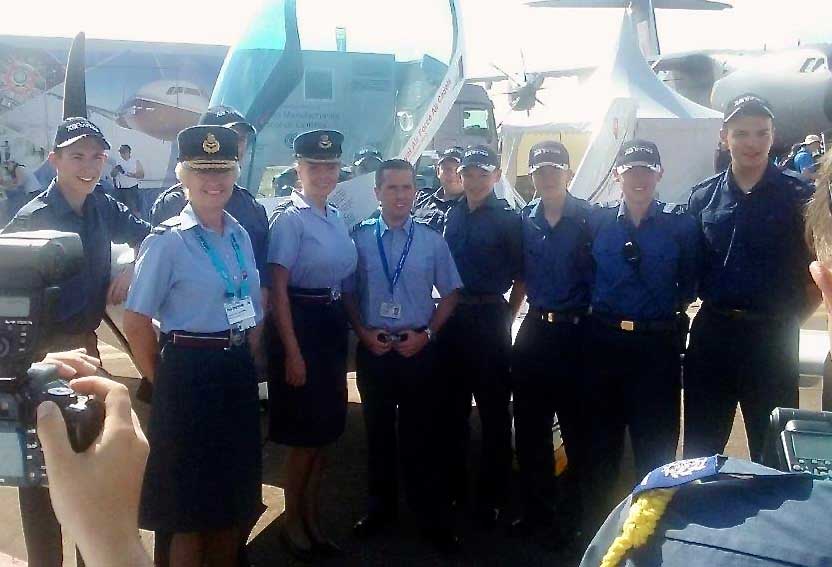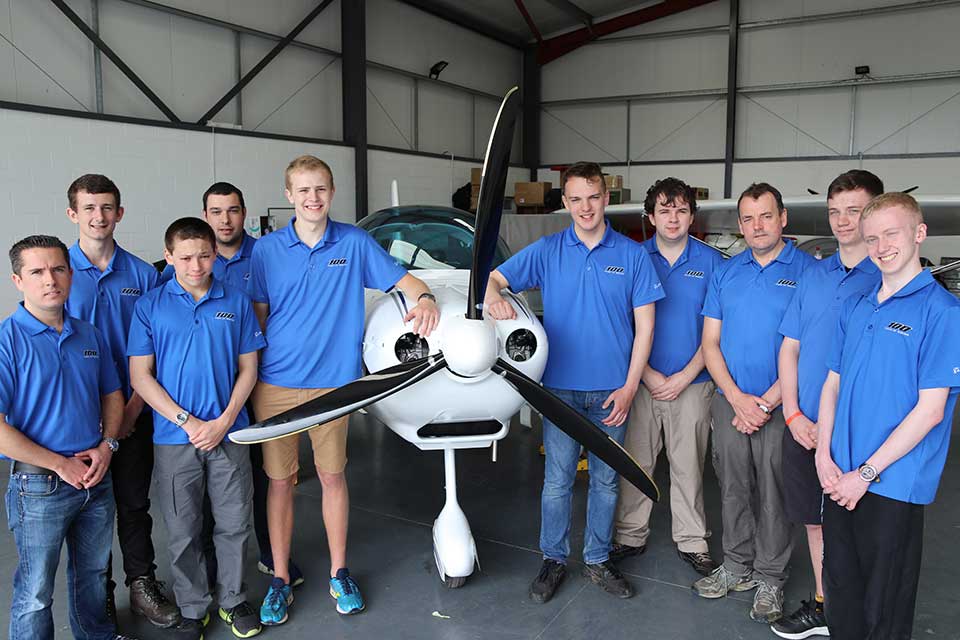Boeing is to support a second build-a-plane project by RAF Air Cadets following the successful conclusion of the first, unveiled at last week’s Royal International Air Tattoo (RIAT).
Centennial Wings 1 was Boeing’s inaugural science, technology, engineering and maths (STEM)-focussed programme in partnership with The Air League and the Royal Air Force Air Cadets (RAFAC).
The build project, launched in July 2016 on the date of Boeing’s centennial, saw ATC cadets from Northern Ireland successfully build a Sting S4 microlight aircraft from a kit in celebration of 100 years of the Royal Air Force (RAF). The aircraft, G-NIAC, was on public display in RIAT’s Techno Zone.
“Centennial Wings has given future generations the opportunity to develop their STEM skills and explore the world of aerospace in a fun environment,” said David Pitchforth, Managing Director, Boeing Defence UK, Ltd.
“These young people are the future of our industry and I congratulate them on their impressive achievement. I’m proud that has Boeing supported this successful project and that we will now extend it into its next phase in Scotland.”

RAF Cadets who built the Sting S4 kitplane at RIAT last week, with Air Cadet officer Carol Vorderman.
Twenty RAFAC cadets from the Northern Ireland Wing worked to assemble the Sting S4 over 400 hours under the guidance of Squadron Leader Aaron Coulter and volunteers from the Ulster Aviation Society, located in Lisburn, Northern Ireland. The RAFAC comprises both the Air Training Corps (ATC) and the Combined Cadet Force (RAF).
“This two-year build project was a unique opportunity for the NI Wing and I feel fortunate to have seen this brilliant team of cadets working closely together, solving problems, challenging assumptions and in the process, growing into amazing innovators,” said Sqn Ldr Aaron Coulter.
G-NIAC will be handed over to the Royal Air Force Flying Clubs’ Association (RAFFCA) who will operate the aircraft to develop and enhance the air-mindedness of RAF Air Cadets across the UK from its base at RAF Syerston.
Centennial Wings 2 will be located in Scotland. The build will start in late 2018, with a target completion date of 2020.













